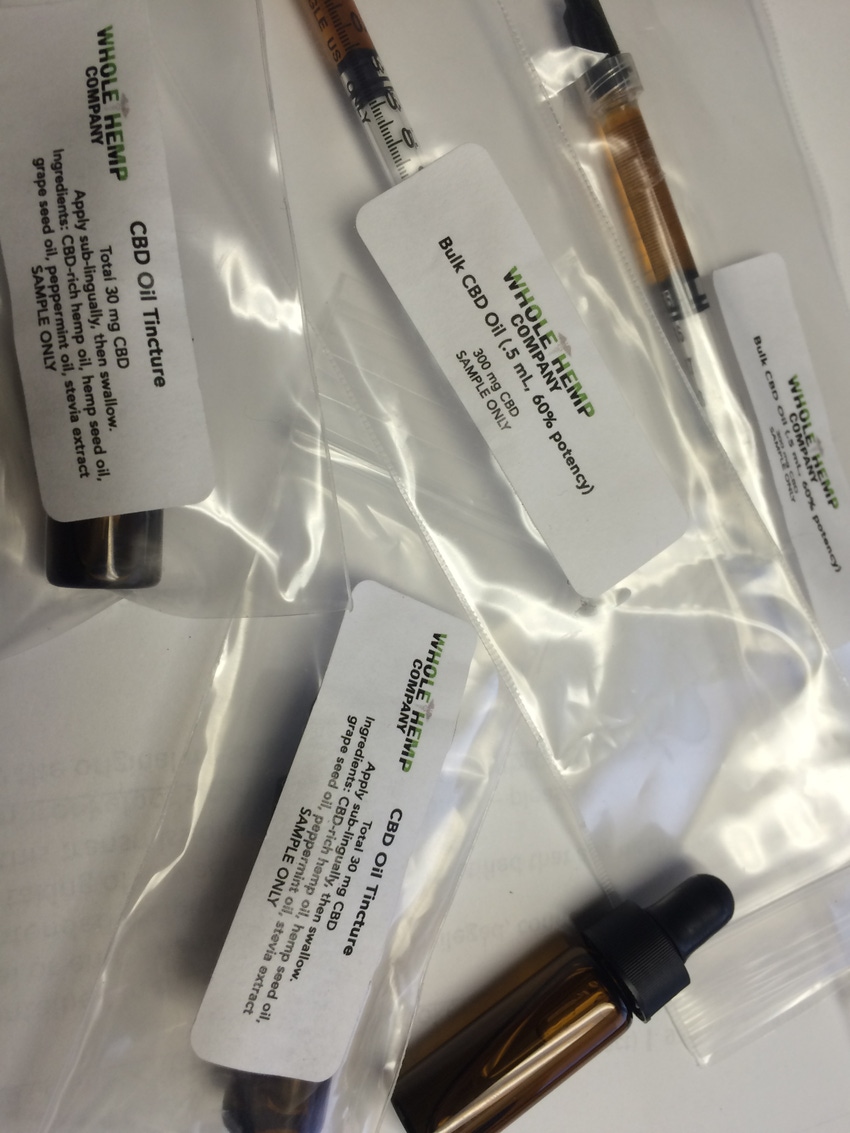
Western Farm Press was recently afforded an exclusive opportunity to learn about an issue that is, at the least, confusing.
An invitation-only discussion on industrial hemp at the University of California, Davis drew university professors and Extension advisors, company representatives looking to make products from hemp, farmers, entrepreneurs, and a former lieutenant governor of California, who grew hemp in 2018 under a research permit.
What I learned in basic terms is how industrial hemp differs from its more popular brethren. Both look the basically same growing in a field, hence the reason a central California farmer attracted the attention he did from the local sheriff after planting nearly 200 acres of industrial hemp out in the open. Perhaps the most critical difference is the level of tetrahydrocannabinol (THC) contained in the plant. To legally be considered industrial hemp, THC levels must be under 0.3 percent.
In simple terms, that’s too low to get high.
The daylong meeting hosted by the University of California sought to help articulate what some in the room said is a tremendous opportunity for commercial hemp production and processing in California. It reportedly does not need the volume of irrigation water to produce a viable crop when compared to other popular crops. For the California-based company Patagonia, a retailer of hemp-based products represented at the event, domestic hemp production appears attractive.
At the heart of the matter is federal law and university funding. For the University of California, jeopardizing over $600 million a year in federal funds to study hemp isn’t worth the risk, regardless of efforts in California to legalize cannabis for medicinal and recreational uses.
That to me seems to be at the heart of the issue for a university eager to study what some consider a valuable crop for California growers. Useful, scientific research by accredited universities is stymied by the fact this crop has been blacklisted by the same federal government that discourages tobacco use while allowing for its legal production and sale.
Speaking specifically to industrial hemp and the non-food products that proponents say it can produce, it seems ludicrous to oppose scientific studies and public research into the product. Even medicinal and recreational uses of the product, in today’s world, seems somewhat ridiculous given what we’ve learned already. Still, much research is needed that could lead to best management practices of a crop said to have many benefits.
Public policy at the state and federal levels should mirror each other when it comes to the research benefits our Land Grant universities provide. If we’re going to commit public funding to useful research, it’s critical we don’t simply rob money from one segment of the university system to build an entirely new program.
Rather, policy leaders need to commit the funding across the board to sustain the kinds of careful and necessary research our public institutions provide.
About the Author(s)
You May Also Like






